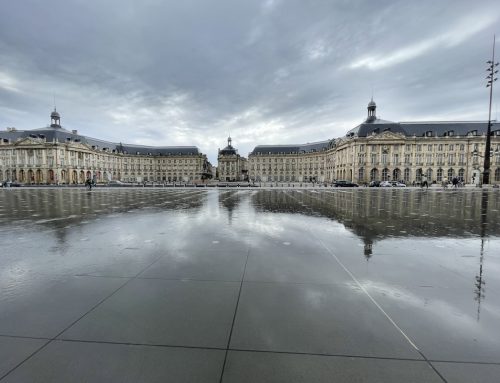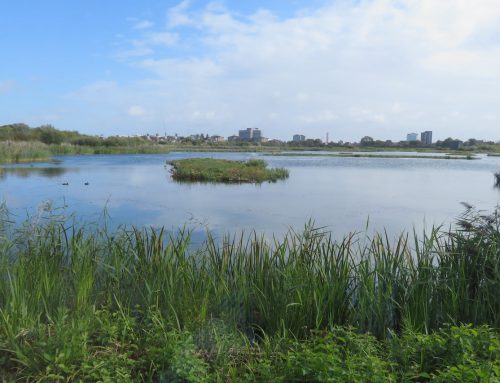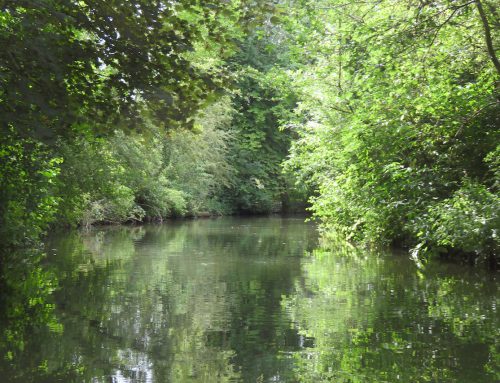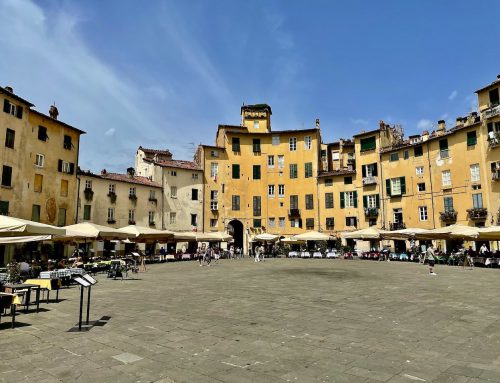Flying saucers and Northumbrian Rock Art
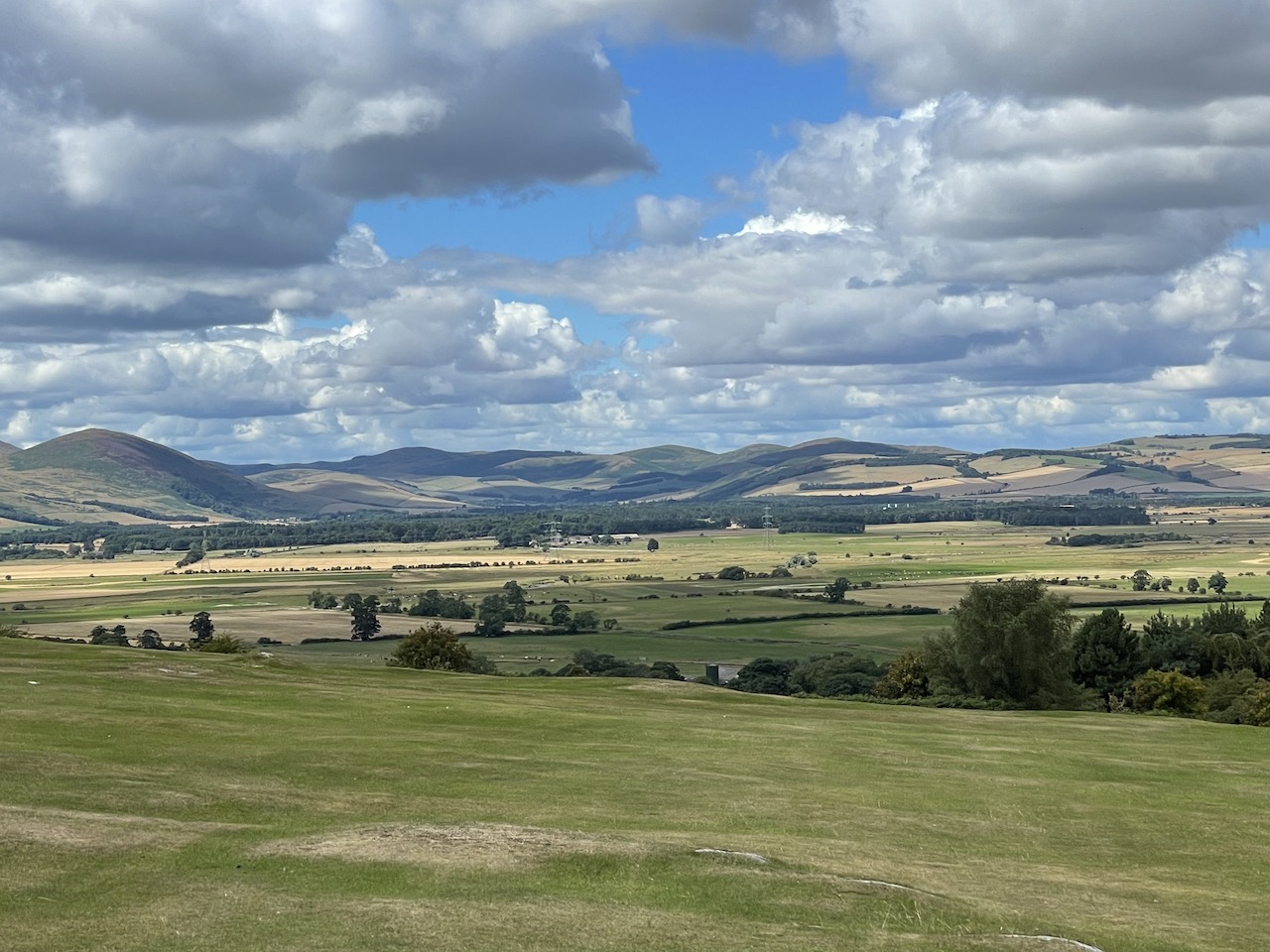
View from Dod Law - the flatlands were once a prehistoric lake

View from Dod Law - the flatlands were once a prehistoric lake
Alnwick, United Kingdom
“When I last looked at a flying saucer,” I declared, my tone matter of fact, “its feet had spherical protrusions that would have fitted those depressions.”
I pointed at the long, flat, Northumbrian rock before us. It was barely three strides long, even less in width, and our group of nine had been studying the neolithic carvings on its surface. There were circles, cups, grooves, and channels, distributed in patterns that made no sense. Unless, of course, you believed in flying saucers.
The group turned towards me as one. “Are you okay?” asked a middle-aged man from Oxford. He sounded concerned, refrained from calling me mad, but I could sense he had the group on his side.
“Never better,” I replied, with a wink to show I was joking. “This place makes you think the unthinkable.” I spread my arms to emphasise the surrounding countryside of a sunny north-eastern England, the smooth Cheviot Hills forming one horizon, the sea another. We were on a hilltop and far beneath us were the broad flatlands of a prehistoric lake, water long gone, its bed now farmed with crops, sheep, and occasional cattle.
On the hilltops around, and starting in the 1820s, many rock carvings had been discovered, part of the total of 2500 found in England. It is called Rock Art, although personally I would not call it arty. I was on a course with Andante Travels, who specialise in good fun, fascination, and taking you to odd places. There were few odder than that moment, the neolithic site at Dod Law, which dated from 4000 BCE.
Our instructor was a Rock Art maestro, who knew everything about circles, cups, grooves, and channels, but still had no clue why or how they had got there. All theories were right and wrong, which was why I had chosen flying saucers. My fellow travellers had already suggested fertility, navigation, religion, boundaries, connections with the underworld, even human sacrifice. With each idea, flying saucers excepted, my companions nodded sagely.
Northumbrian Rock Art is different to the ancient cave and rock paintings found in countries such as Spain, France, Italy, Indonesia and beyond. These paintings normally depict animals, occasional humans, and can be as old as 40,000 years, predating Northumbria’s carvings considerably.
The Rock Art at Dod Law, or Roughting Linn, or Chatton, each of which we visited, was on hill summits. It was designed to be seen and not hidden in an obscure cave. Most carvings were cups, no larger than a golf ball. Deep within each cup were the pecking marks from a hammer stone. No pecking marks meant proceed with caution as the cup may not have been carved by human hand.
Rock Art is spooky, too, which was unexpected. I am a spectre geek and carry a mobile app that claims to sense paranormal activity. On the spur I switched it on. Oh boy. Each time I approached a neolithic carving, the mobile pinged and vibrated while on its screen glowed a coloured ball, indicative of a something peculiar. Red balls are bad, blue is good, yellow and green in between. There was a lot of red in Northumbria. I doubt you believe me. Yet the moment I left the area, my technology fell silent.
To photograph Rock Art is a skilled process. Mostly I got it wrong.
“Not there!” ordered the instructor, indicating that I should move. She had seen my forehead furrow as I struggled with my camera. “Put the carving between you and the sun.”
I did, I clicked, and the barely visible Rock Art, eroded over millennia, appeared instantly, as if on military parade. I saw it perfectly, just by changing position.
Like the rest of our world, Rock Art needs protection. At Dod Law there were neolithic rock cups near the adjacent golf course’s first tee. I doubt the golfers even noticed; they were too busy improving their style. Natural weathering has destroyed plenty of carvings, humans even more.
Our instructor was a stickler. The moment I stepped towards a neolithic carving, which my unaccustomed eye had failed to see, she whispered, “Watch out!” It was a whisper you did not disobey.
I did as ordered, shifted, and the carving survived. Rock Art should definitely be pampered.
My day over, I headed home along the open roads of northern England with my mind abuzz. I had to know more, so it was time for the books. This, my first exposure to Rock Art, had left more mysteries than answers and a clear view that neolithic people had been sophisticated. They had a social structure, and crops, animals, plenty of stone tools, and much more besides.
They may even have welcomed flying saucers.
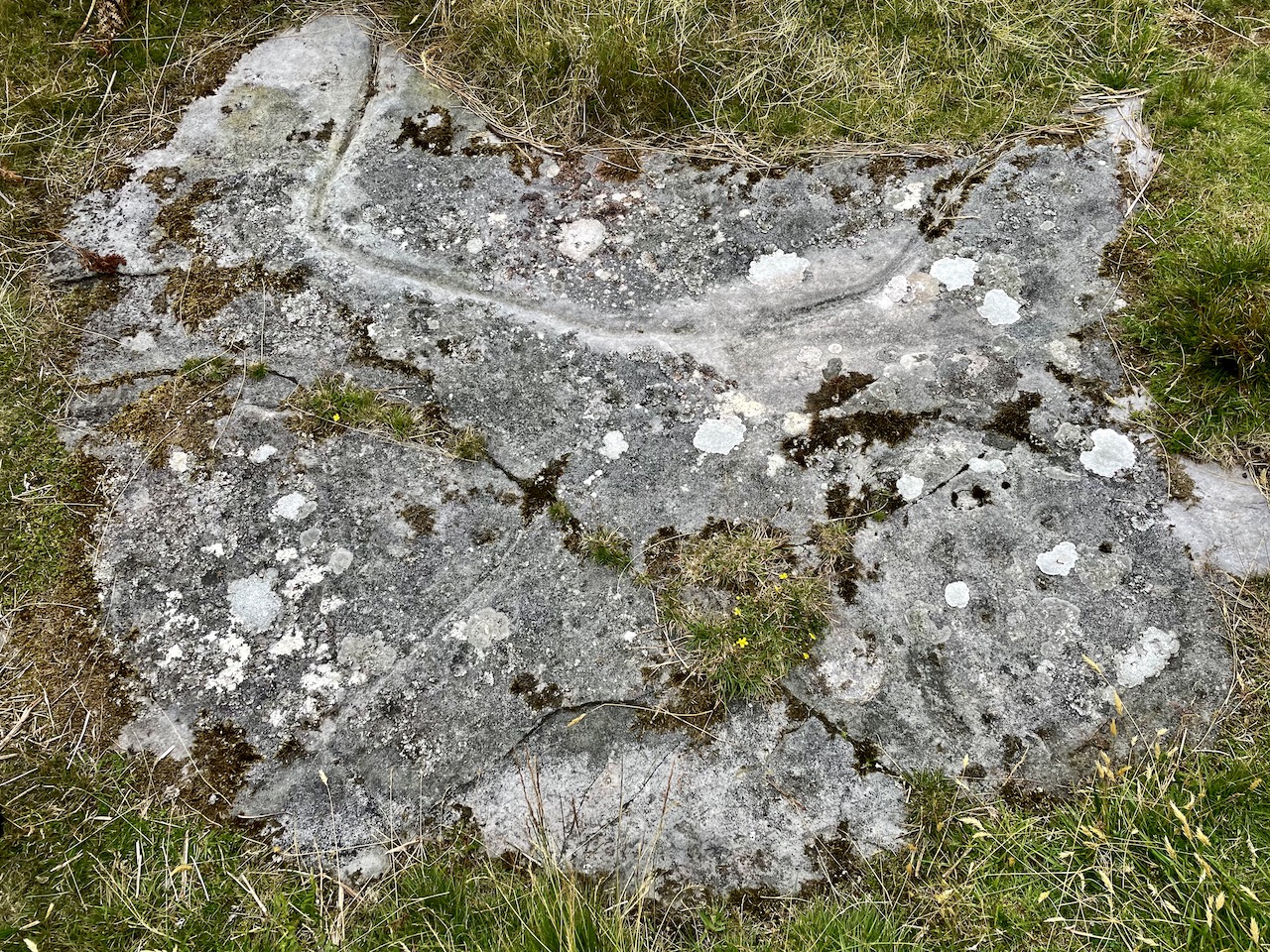
Dod Law - this groove meant something to someone
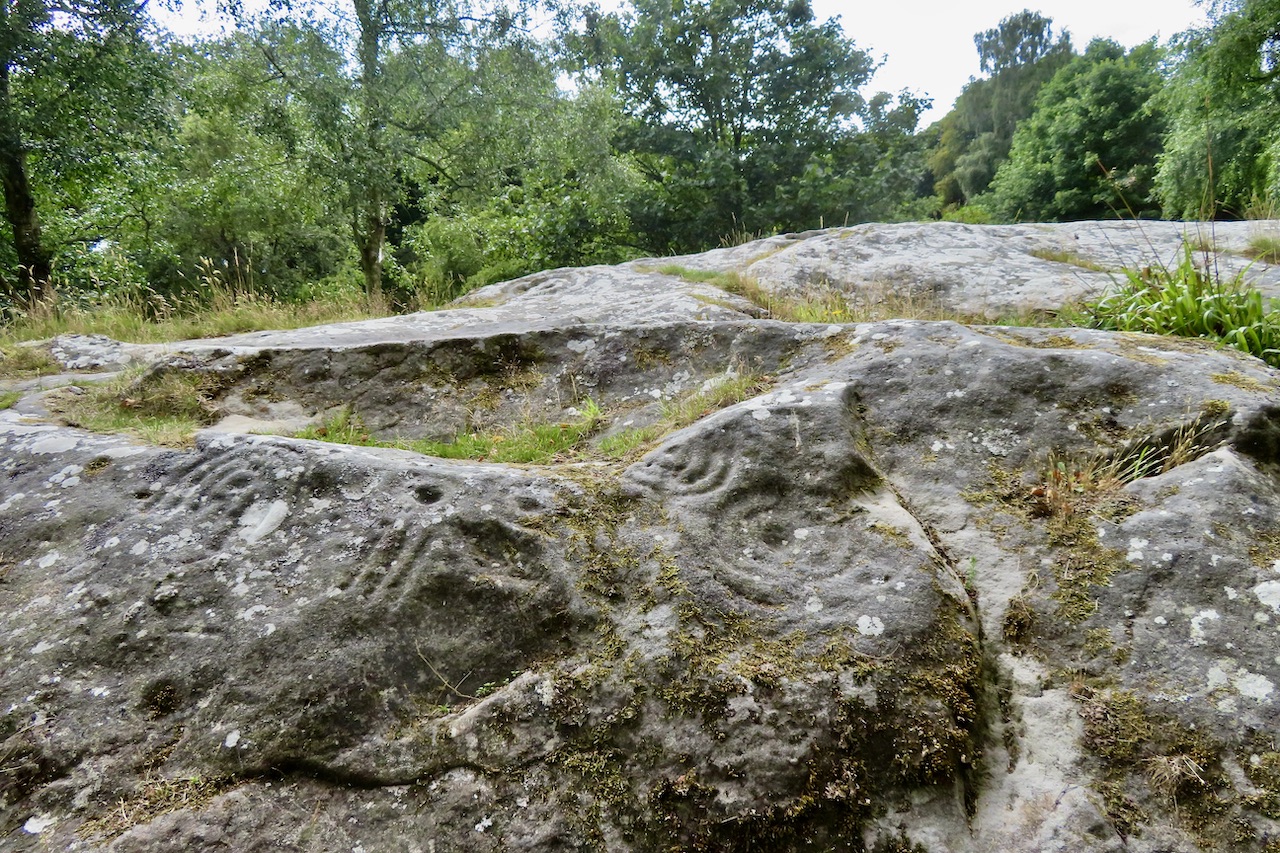
Roughting Linn with some serious carvings
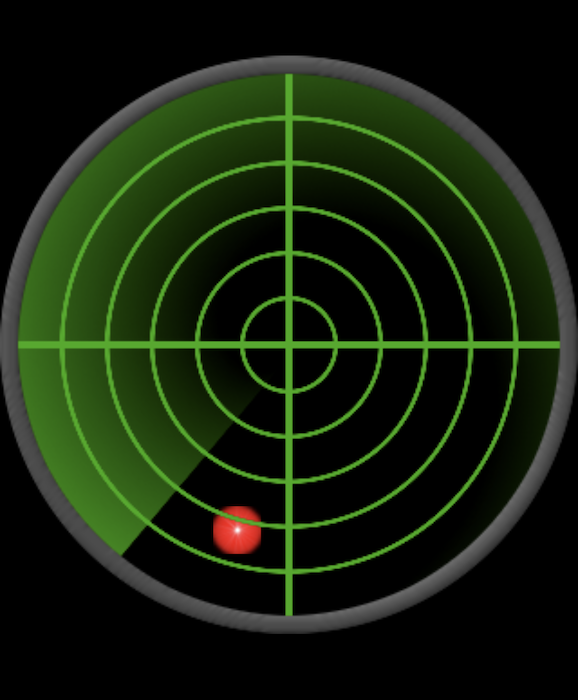
Roughting Linn sent my ghost meter wild - the red blob means trouble
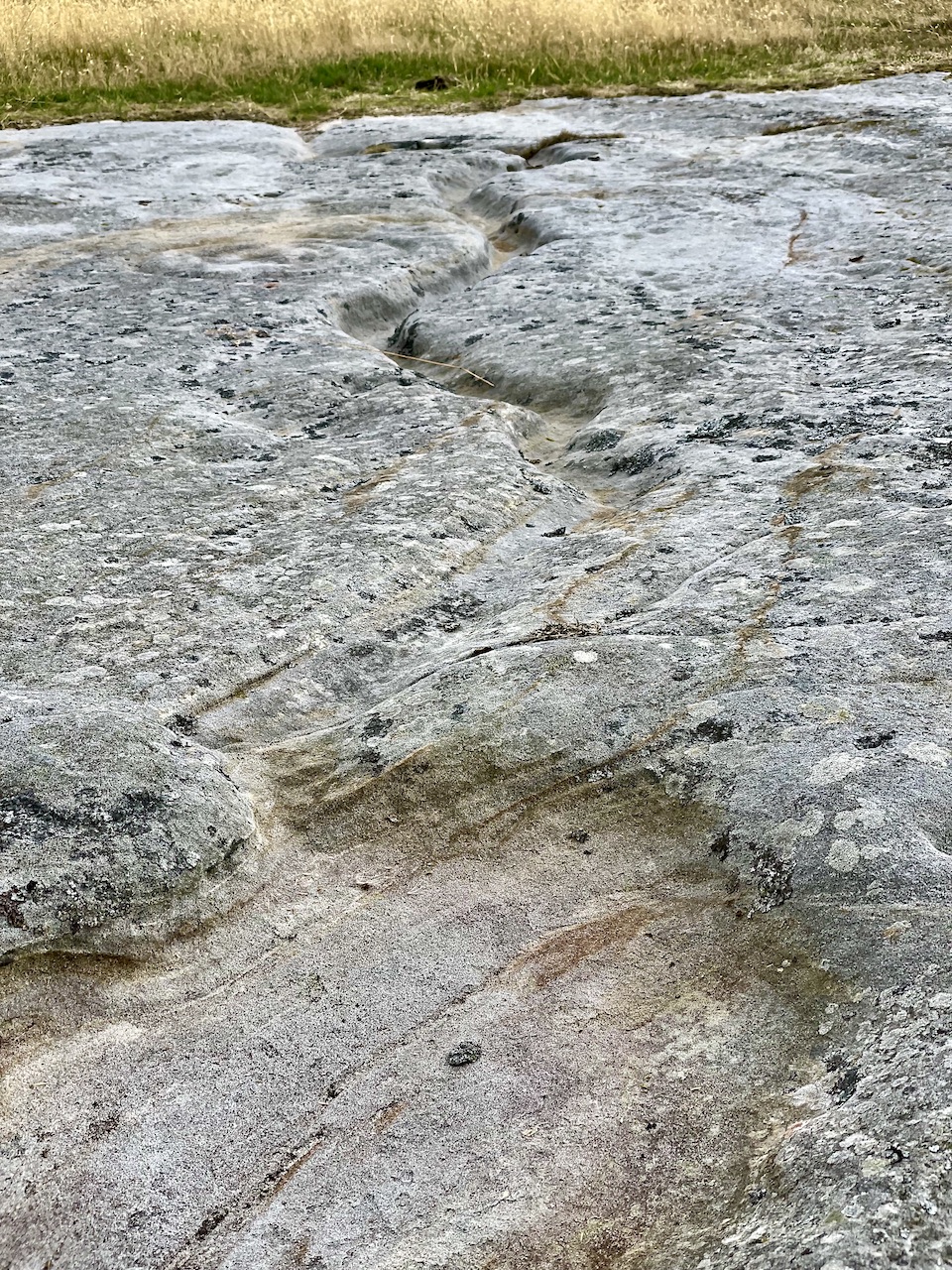
Best guess for this groove at Chatton was as a path for sacrificial blood


